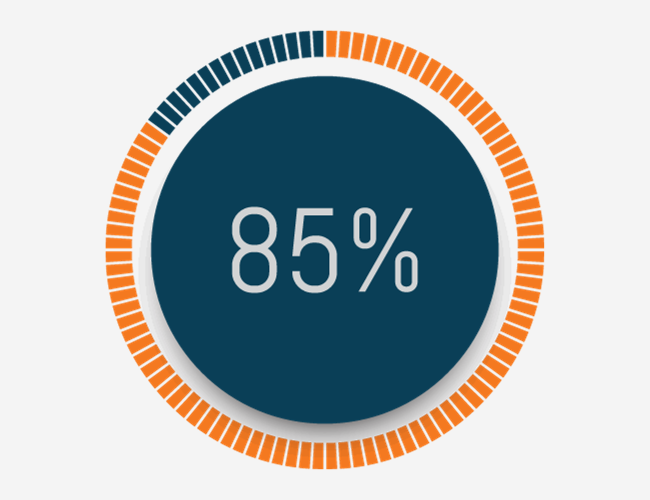As researchers across the world work to develop a COVID-19 vaccine, community leaders are hopeful that its creation may help facilitate an easier and quicker transition back to “normal life” while minimizing the effects of the virus’s continued spread. Still, many more wonder about the safety, effectiveness, and impact of a potential immunization. A recent survey reflects that, for most Americans, only about half plan to receive the vaccine, should one become available.
The survey, conducted by the Associated Press-NORC Center for Public Affairs Research, highlights a growing misalignment in thought between government planners and business leaders on one side and the general public on the other. For those working on ways to reopen economies and companies, a vaccine is considered a great solution that could eliminate the many health risks that will arise as social distancing ends. However, many people, even those not generally opposed to vaccinations, have reservations.
While 31% of those polled remain unsure about whether or not they would receive a coronavirus vaccine—and may ultimately side with the half planning on receiving it—about 20% have already made the decision to refuse one. Of that group, seven out of ten people cited safety concerns. Time is of the essence when containing a pandemic, but the accelerated timeline for development and testing has onlookers worried that side effects will be overlooked and not thoroughly uncovered and investigated.
Encouragingly, the National Institutes of Health (NIH) director Dr. Francis Collins acknowledges these concerns, stating “the worst thing that could happen is if we rush through a vaccine that turns out to have significant side effects.” The NIH plans to rigorously test vaccine candidates on tens of thousands of people. Still, the shortened timeline alone may be enough to dissuade critics.
Additionally, about 30% of those who would not get the shot say it’s because they’re not afraid of the illness. As COVID-19 is more likely to seriously affect the elderly, it makes sense that fewer younger people (40%) than older people (67%) plan to get immunized. On the other hand, roughly 40% have concerns about getting COVID-19 from the shot; however, the current leading vaccine candidates do not contain the live virus and would not pose this risk of infection.
Employers And Vaccine Requirements
The coronavirus—even outside of a potential vaccine—has polarized many individuals when it comes to issues of personal liberties, community responsibilities, the role of government. and health practices. Assuming there will not be legal barriers in requiring employees to be vaccinated, which remains uncertain, employers may want to tread carefully when it comes to requiring their workers get the COVID-19 vaccine. Work tasks and the amount of person-to-person interaction may dictate whether or not it is required, but in all cases, it would be wise to get employee feedback and input in the decision. Ultimately, it may be more realistic to recommend—not require—the vaccine and encourage its use by listening to employee concerns, providing informative content, and even offering on-site vaccinations.
Similarly, the flu vaccine is not as popular with the general public as it is with public health officials. While the Centers for Disease Control and Prevention (CDC) recommends that everyone older than six months receive a flu shot, only a little more than 40% of US adults get one annually. That number is skewed higher by adults 65 years of age and older, who are less likely to be in the workforce; 68% of this demographic received a flu shot in the 2018-19 season. Many of those who avoid it do so because they do not care about the consequences of the flu itself. While employers may be able to influence those numbers slightly by providing information on the flu and encouragement to get the vaccine, many people feel strongly about having the ultimate say over what they choose to consent to medically. A similar feeling may exist with the COVID-19 vaccine, and employers should prepare accordingly.













